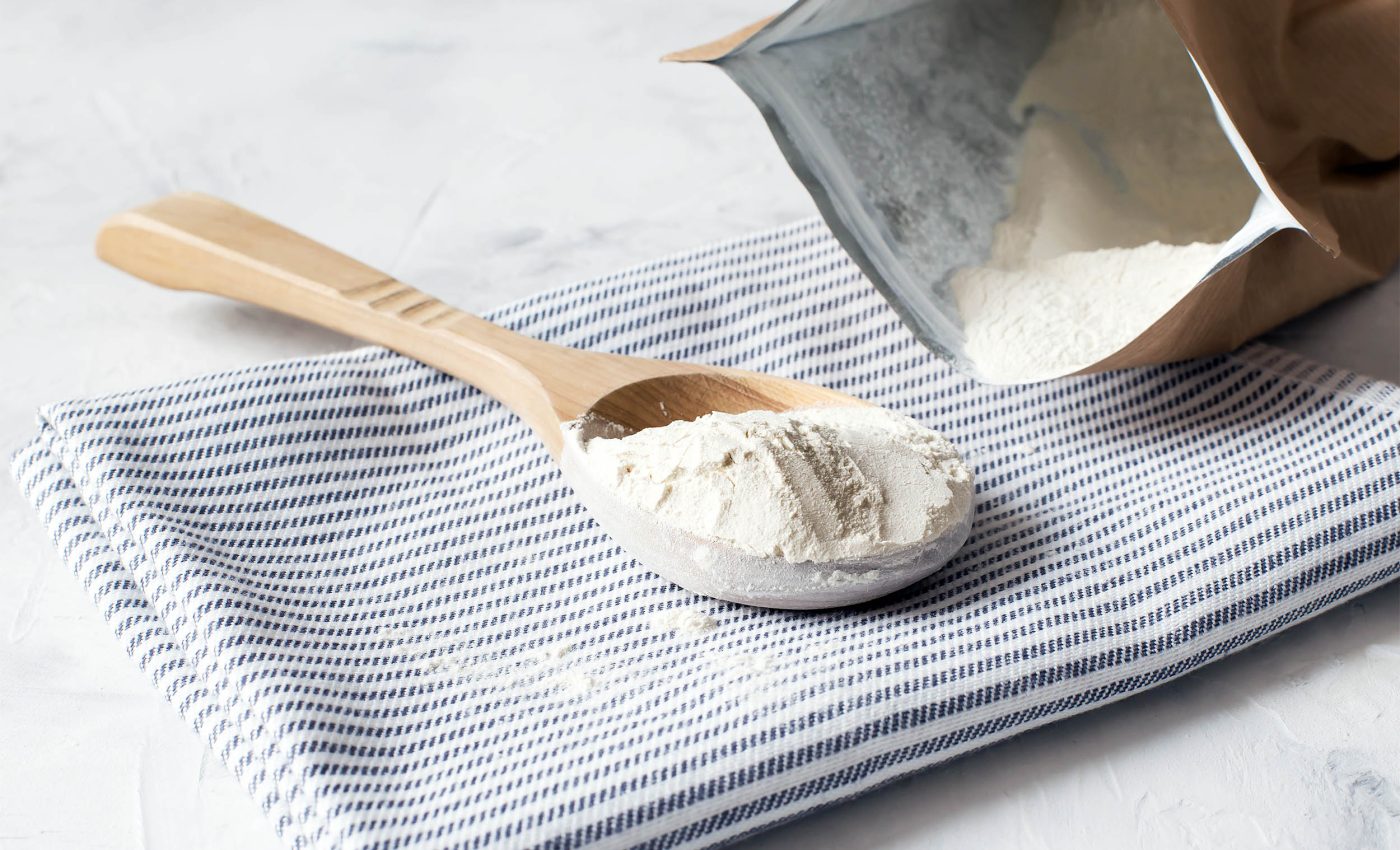
Common cooking ingredient is revolutionizing the creation of mini-brains in the lab
Scientists needed a simple way to make thousands of tiny lab grown brain models, called organoids, that are the same size and shape. A common kitchen ingredient turned out to be enough to do the job.
In a recent peer reviewed study, researchers showed that a small amount of a food thickener keeps these models from sticking together while preserving their normal features.
Organoids and xanthan gum
Three dimensional brain models, or organoids, let researchers watch human brain development step by step without using living brain tissue.
These models start from pluripotent stem cells (PSCs), which can mature into many cell types found in the cortex.
The effort is led by Sergiu P. Pașca of Stanford Medicine’s Department of Psychiatry and Behavioral Sciences, working with collaborators in engineering and materials science. Their teams work across labs at the Wu Tsai Neurosciences Institute.
The sticking point was literal. Organoids floating in the same dish tend to fuse into lumpy clusters, which ruins uniformity and slows experiments.
The fix for organoids is xanthan gum, an FDA permitted food additive listed in federal regulations. Adding a tiny amount increases the liquid’s viscosity, which keeps organoids apart.
Scale and size matters
Building large matched sets of organoids with xanthan gum allows careful comparisons between healthy and disease conditions. It also improves quality control, since size and age differences can distort results.
There is a public health angle. Pregnant people are often excluded from clinical trials, the FDA notes, so many medicines lack clear safety data for fetal brain development.
With the new platform, one scientist produced more than 2,000 cortical organoids in a single run and screened 298 FDA approved drugs for growth effects.
Several compounds reduced organoid size, including a chemotherapy used in breast cancer treatment.
“We can easily make 10,000 of them now,” said Pașca. That scale opens the door to efficient testing that was not practical before.
Selecting xanthan gum for organoids
The group first evaluated 23 biocompatible materials and looked for one that prevents fusion without harming development.
They selected xanthan gum because it is inexpensive, easy to mix, and already used in food and pharmaceuticals.
They grew organoids for six days, added the candidate material, and then counted how many separate organoids remained after 25 days.
Xanthan gum worked even at low concentrations, while other polymers did not match its performance.
Uniformity mattered as much as yield. With xanthan gum, organoids stayed consistent in size and shape, which is critical for statistics and image analysis.
Importantly, the treatment did not alter cortical identity or neuron function. Gene expression patterns, cell type proportions, and calcium activity looked comparable to untreated cultures in side by side tests.
What the tests revealed
The team ran a focused drug screen to check whether any approved medicines stunt early cortical growth.
Doxorubicin, a widely used chemotherapy, reduced organoid size and increased markers linked to cell death in this model.
Another hit, a JAK2 and JAK3 inhibitor, also showed dose dependent effects on organoid growth. These findings highlight a practical use of high throughput organoids in early hazard identification.
The screen used standardized batches of organoids that were the same age and size at dosing. That design boosts confidence that observed effects came from the compounds rather than random differences between samples.
The approach can be extended to environmental exposures and gene editing experiments. It lowers the barrier for labs that do not have robots or bioreactors.
Xanthan gum, organoids, and neuroscience
Scaling up organoids could help clarify how genetic variants change early brain development. It also supports rapid tests for compounds that rescue a measurable defect, which is a key step toward therapy discovery.
The method maintains compatibility with assembloids. Assembloids are composite systems that join two or more organoids to study circuits and cell interactions.
Keeping organoids separate when uniformity is needed, yet allowing controlled fusion when circuits are the goal, gives scientists a flexible toolkit. It moves the field toward standardized and repeatable experiments.
It also promotes open science and adoption. The protocol builds on commonly available supplies and makes it easier to share and replicate results across institutions.
Caveats and next steps
The work focuses on the early stages of cortical development, not the full complexity of a mature brain. Longer culture times and additional cell types will be needed to model late developmental milestones.
There may be contexts where altering viscosity changes transport of nutrients or drugs. The team did not see adverse effects on growth or patterning under their conditions, but careful validation is still important for new applications.
Automation can push capacity even higher. Liquid handlers and imaging pipelines can pair with this method to expand the number of organoids screened per week without expanding staff time.
The same strategy could be tested in other tissues. Labs are already exploring heart, liver, and immune organoids, and viscosity tuning might help prevent fusion in those systems as well.
The study is published in Nature Biomedical Engineering.
—–
Like what you read? Subscribe to our newsletter for engaging articles, exclusive content, and the latest updates.
Check us out on EarthSnap, a free app brought to you by Eric Ralls and Earth.com.
—–













